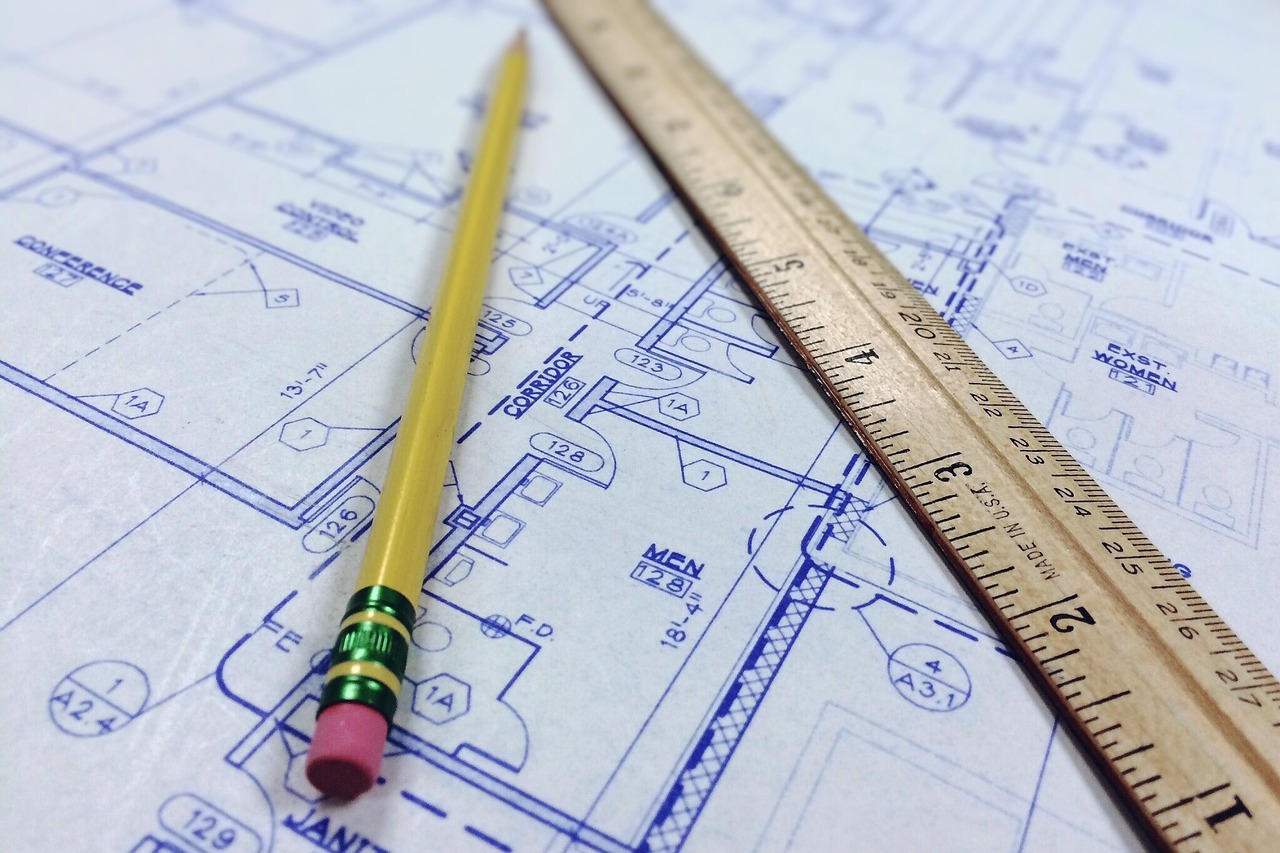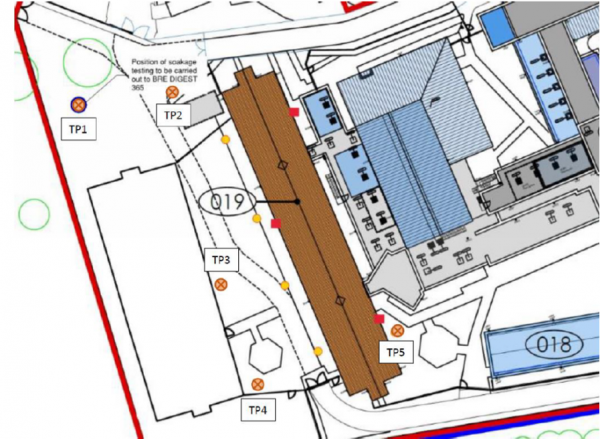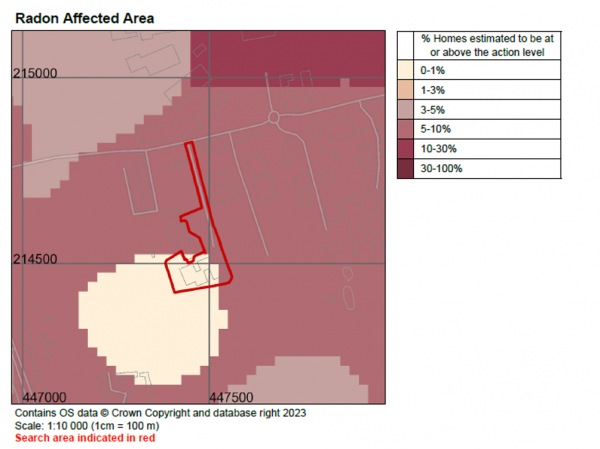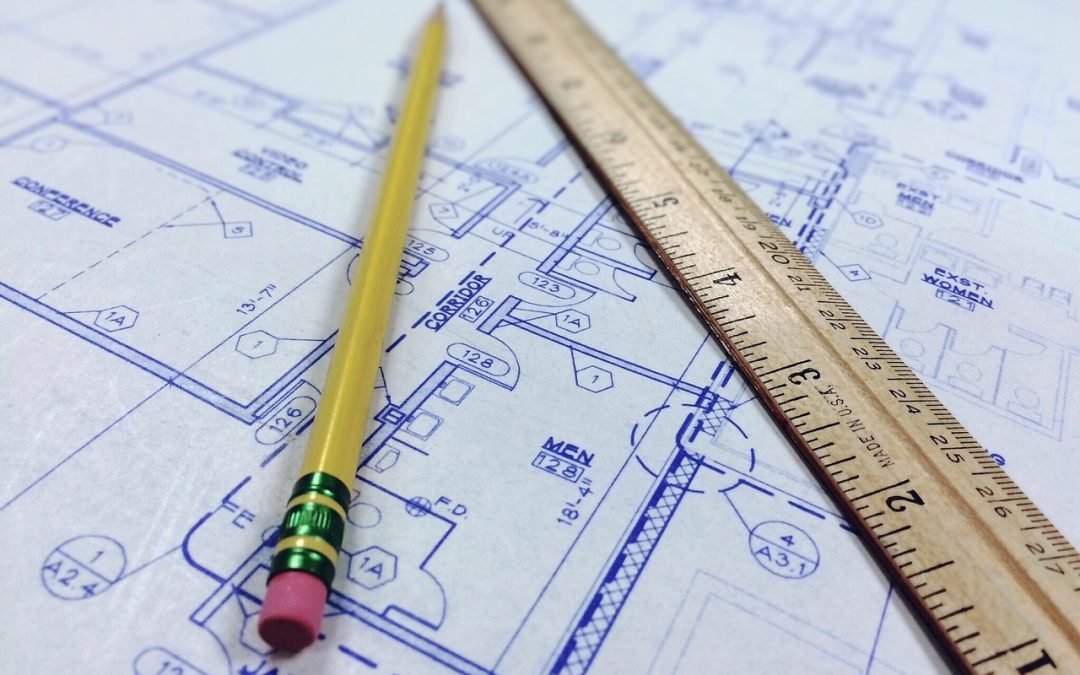Double-trouble averted thanks to fast-track investigation
14th February 2024
Geoenvironmental • Geotechnical • Specialist Services
Our Client

Preliminary-Assessment
In addition, an initial Radon Risk Assessment indicated that the site was located within a 1km grid square, where a maximum radon potential of 10 – 30% was recorded (Cornbrash Limestone). No radon protection had been installed originally within the building.
Our Challenge
The plan to re-use existing foundations, raised concerns that these foundations would not be suitable for the imposed loadings, with expensive piling being touted.
The existing buildings subject to the planned renovation were in an area known to be at risk from Radon gas.
Our challenge was to quickly establish whether there were indeed problems that could complicate the redevelopment… Or not?
The Ground & Water Approach

A detailed Radon risk assessment revealed that the Kellaways Clay Member geology had a reduced Radon risk. The assessment showed that eastern and northern area of the site has a maximum radon potential of 5 – 10% with the remainder reduced to 1 – 3%. Given the proposed buildings were located where the reduced risk was highlighted, it was agreed that in-building radon monitoring was required. Monitors were hung on a screw drilled into the wall at head height within all of the locations on-site. All of the windows and doors were sealed on-site using a damp proof membrane, expanding foam and battens to locally isolate rooms.

Based on the anticipated occupancy level for the building the Radon action level or target levels were not exceeded, and the risk assessment concluded no Radon protection measures were required to be installed as part of the refurbishment.
The Outcome
No piling was required, thanks to the ability to re-use the existing foundations.
No additional radon protection measures were needed, based on a detailed Radon Risk Assessment with onsite monitoring.
